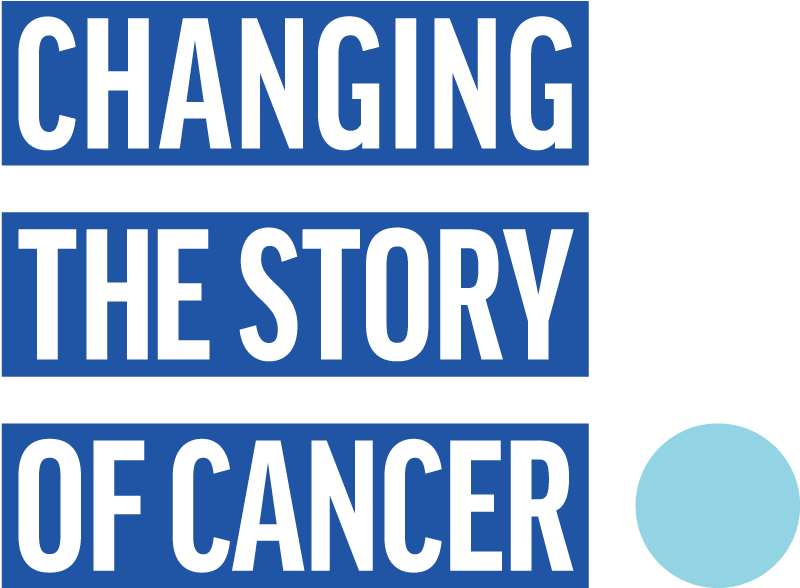CAMBRIDGE CANCER RESEARCH HOSPITAL NEWSLETTER
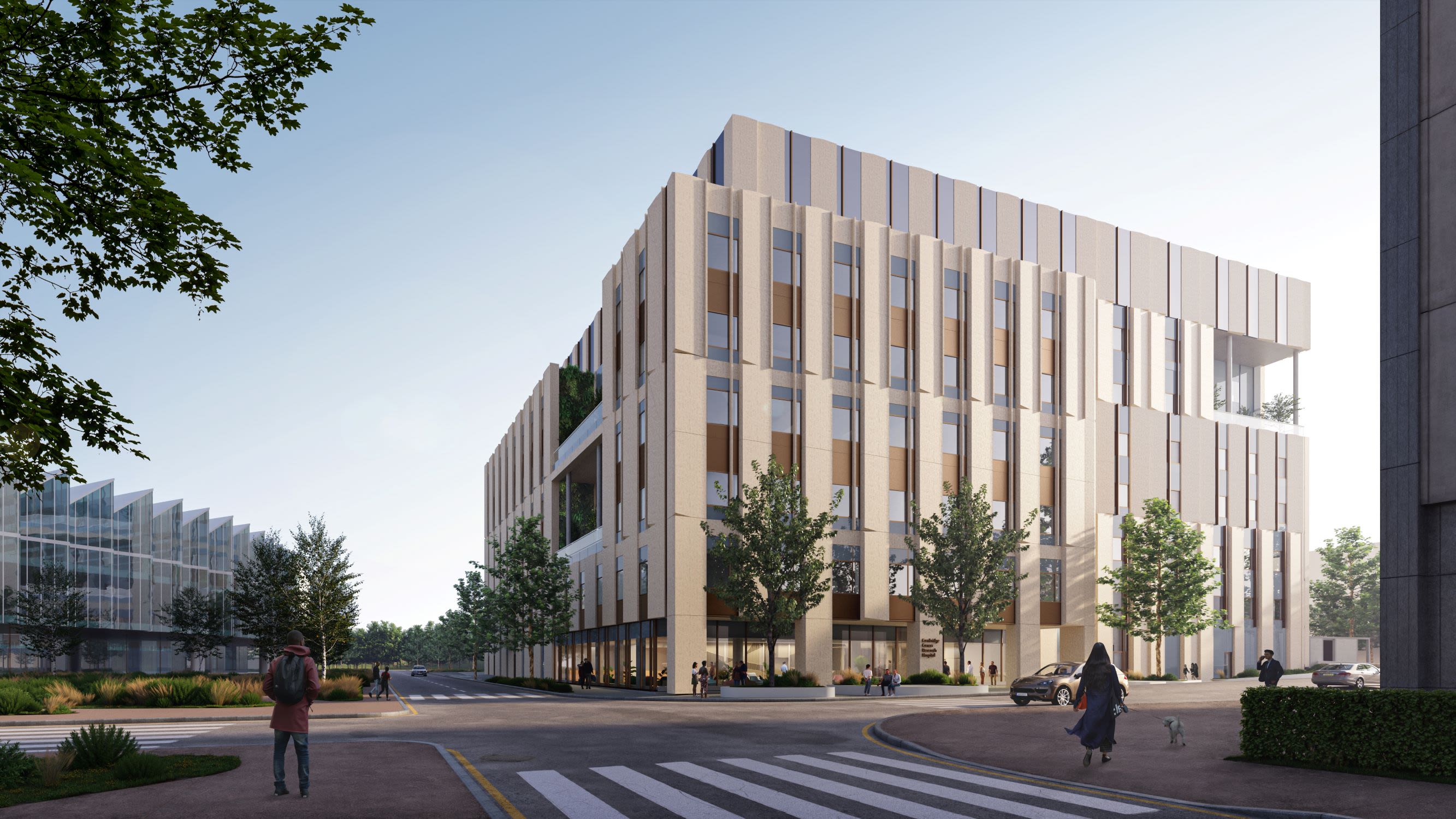
An update on the project
In August, the Cambridge Cancer Research Hospital (CCRH) project was given the green light by the government’s New Hospital Programme to commence the process that will lead to the appointment of a construction partner. The partner will build the seven-storey 26,000 m2 facility at the heart of the Cambridge Biomedical Campus, next to Addenbrooke’s hospital.
A virtual ‘fly through’ of the region’s first specialist cancer hospital has been released to mark this major step towards making the plans a reality. It gives a glimpse inside the new facility that will transform cancer care for patients across the east of England.
Read the full story on our new website.
We are close to completing work on the Outline Business Case (OBC), which will be submitted this year. This important next stage will enable us to present greater detail about the benefit of CCRH to our wider community and how we will bring together cutting-edge NHS clinical space with three new research institutes.
We have also moved onto the exciting next phase of our design and we are pleased to share more architect images of the hospital (below). These have been carefully developed by combining knowledge from conversations with our patients, carers and healthcare professionals about what matters most to them.
In the background, initial work is underway on the full business case which includes plans for the full delivery of the 26,000 m2 space, which is a partnership between Cambridge University Hospitals and the University of Cambridge.
We continue to move closer to delivering this outstanding environment which will accelerate the early detection of cancer and lead the way in delivering personalised treatments to radically improve patient outcomes.
CCRH project team
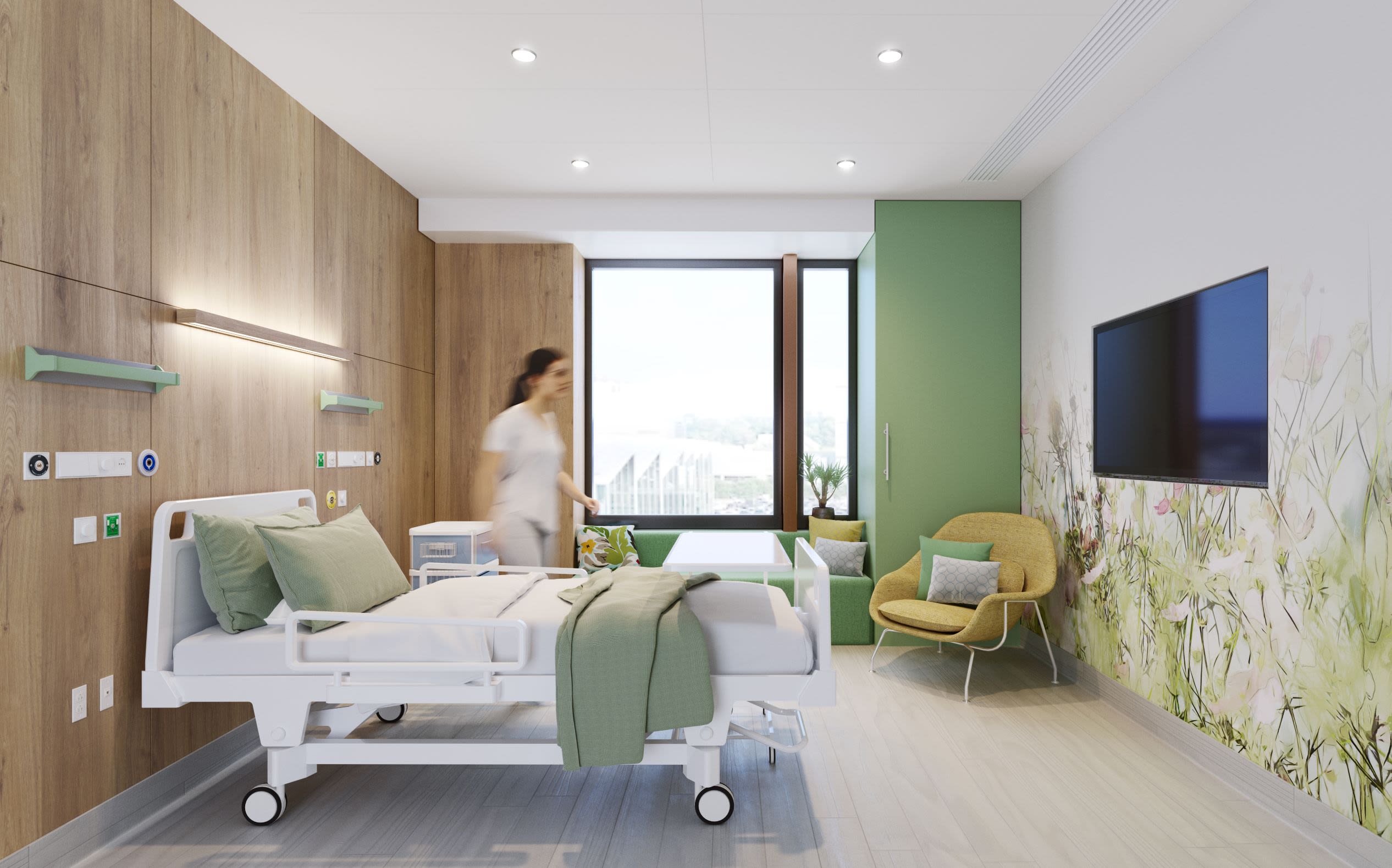
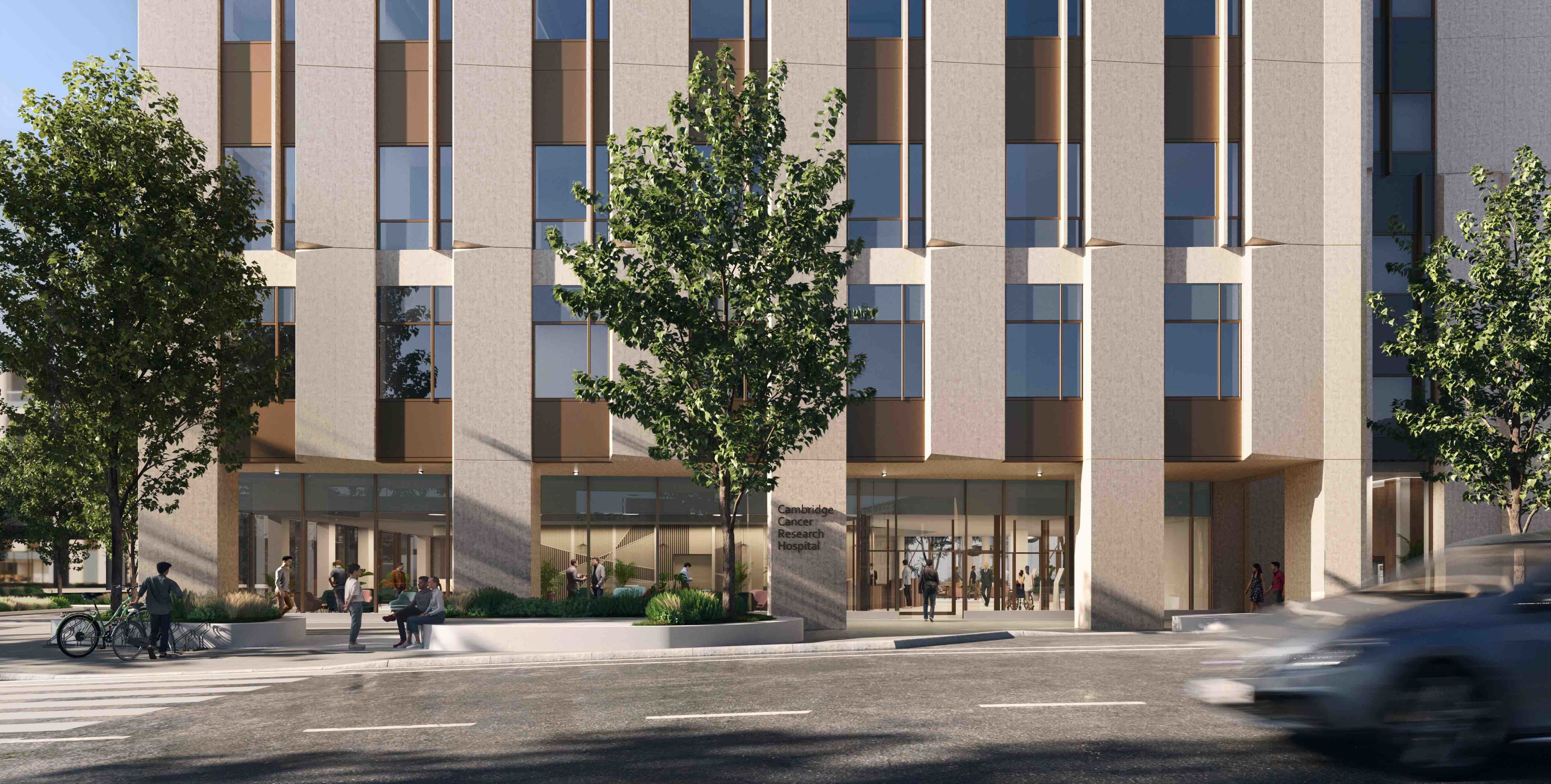
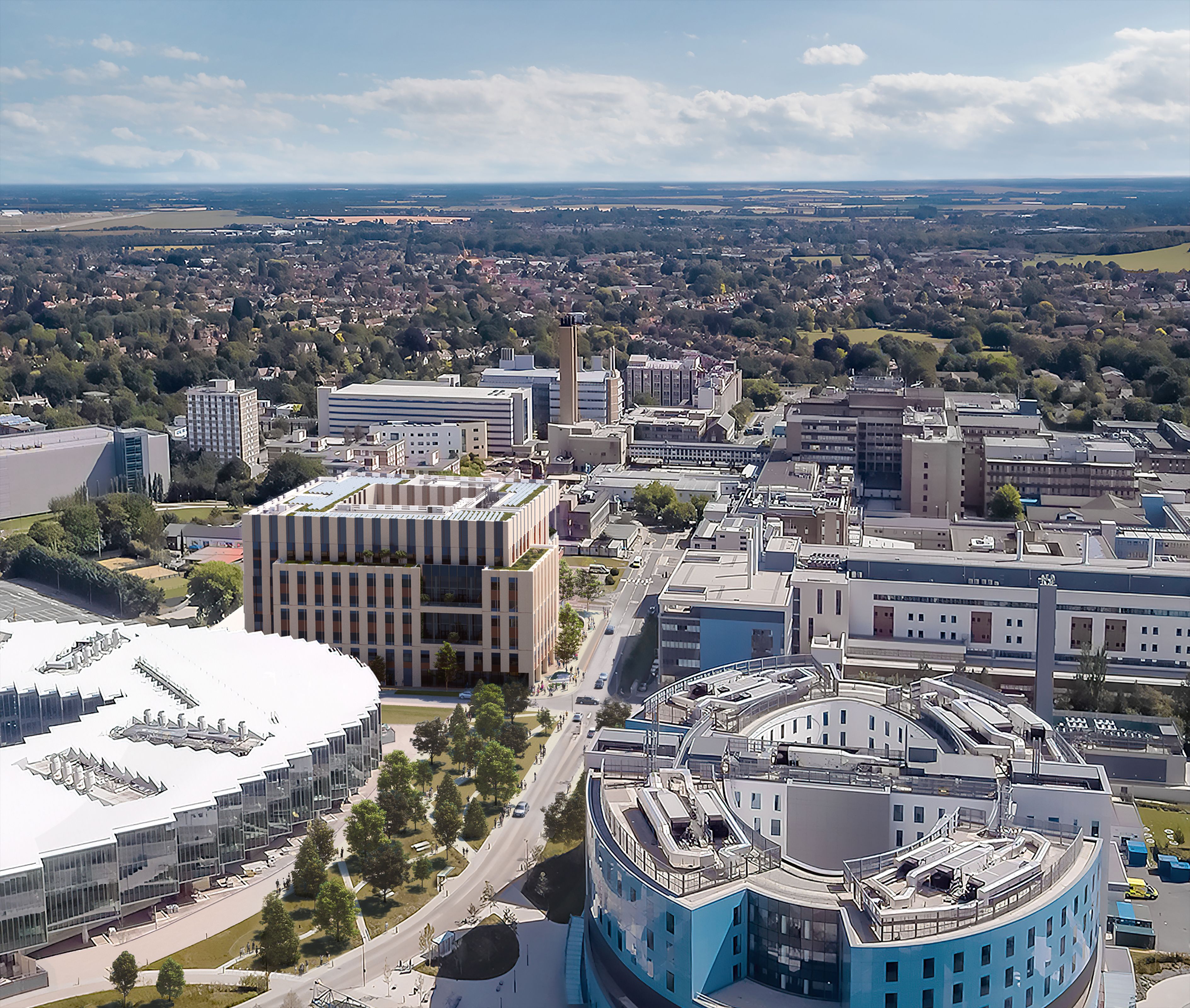



LOOKING TO THE FUTURE
Co-producing CCRH with staff and patients
It’s hard to imagine designing a hospital without its large community of patients, carers and staff who all have a valuable pool of knowledge.
To ensure we build a hospital which meets our future needs, as well as our current needs, conversations are taking place across a number of departments and specialities to consider how services will be run not just in the short term, but in the years to come.
Carrie Symington, Senior Improvement Manager, said: “It’s really important that there is smooth progression from our existing services to the point that CCRH opens. Encouraging our staff to lead this process will deliver better results, because they will be the ones operating the area themselves in the future.”
“Our clinical staff will be key to decisions about plans for each area and around the requirements for each room. In order to do this we have close input from colleagues to develop a clear operational plan around topics such as patient flow and equipment.”
Our current and former cancer patients and their families are also integrated into the Cambridge Cancer Research Hospital project. They are sharing their experiences to shape the plans for the building and services.
Neil Stutchbury, Co-Chair of the Patient Advisory Group said: "Being involved in CCRH is a way of giving something back after being successfully treated for cancer at Addenbrooke’s. Working with the hospital has made me passionate about co-production; the idea that if you bring together patients along with experts and staff, you will design something quicker and better than if patients weren’t involved. Patients see things from a different perspective and can point out why some design ideas may not work or can advise how the new hospital should look and feel."
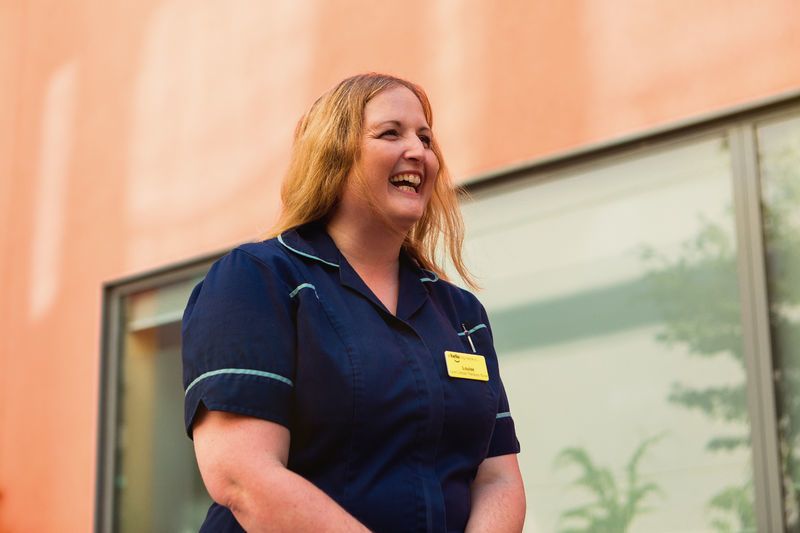
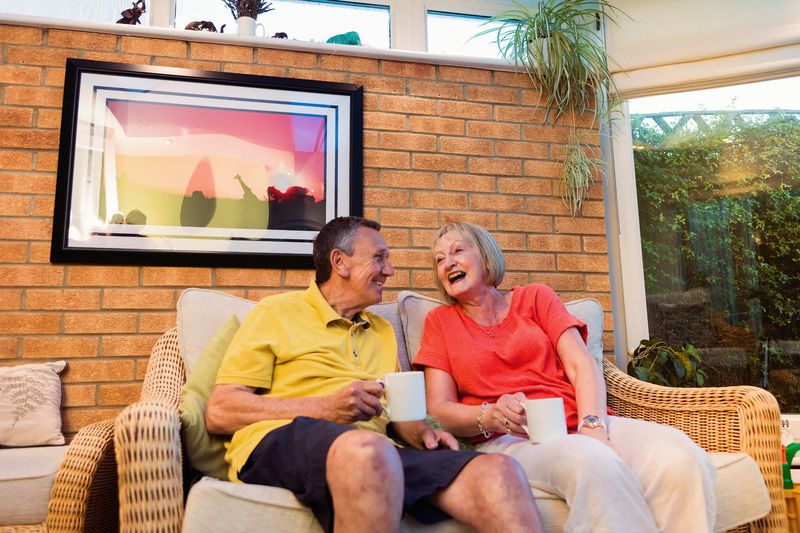
SHAPING OUR HOSPITAL ENVIRONMENT
How Arts will transform healthcare
How do we build an environment that will feel comfortable for everybody being cared for, visiting, and working at CCRH?
Cambridge University Hospitals (CUH) Arts has been working with patients and staff to reflect on their stories and experiences and consider all aspects of environmental design at CCRH.
Supported by artists to help them explore topics and ideas, the team is building an arts strategy to develop an integrated approach that aims to transform patient and staff experience, working closely with other key aspects of design including interiors, landscaping, and wayfinding.
There is strong evidence that design can have a significant impact on wellbeing and morale and sense of ownership.
Natalie Ellis, Head of Arts, said: “We have been using creative faciliation techniques such as “sense-scapes” to identify what we hear, feel, smell and see when we enter a hospital. Through this we are able to gain an understanding of what we all want for our environment, capturing human perspectives.”
Conversations with staff and patients identified two themes: the desire for a connection with the outside world and how we can celebrate science and research through art.
“We want to do more than masking a clinical environment with images of nature. We want to create a genuine life-affirming connection with the outside world which supports an atmosphere of calm and positivity.”
“By telling the story and beauty of science and research we can help inspire confidence in medicine and enable our researchers to connect with our patients in creative ways.”
CUH Arts works to transform hospital experiences and promote wellbeing through its arts programme for patients, visitors and staff. Its rich and diverse person-centred programme of live, participatory and visual arts is led by professional artists, and its public art collection is one of the largest in the country.
Find out more about CUH Arts: www.cuh.nhs.uk/arts



RESEARCH FOCUS: PERSONALISING TREATMENT FOR OVARIAN CANCER
Professor James Brenton is Professor of Ovarian Cancer Medicine at the University of Cambridge and Honorary Consultant in Medical Oncology at Addenbrooke’s. His team has been looking closely at changes to chromosomes and genetic material to improve diagnosis and treatment for ovarian cancer.
Ovarian cancer is one of the most complex cancers to understand and treat. For patients with high-grade serous ovarian carcinoma, the most serious type of ovarian cancer, survival has remained unchanged for the past 20 years. Because it develops in the fallopian tube, there is no physical barrier to prevent its spread, which makes early detection challenging.
“The future of Cambridge Cancer Research Hospital is about generating new, detailed data and being able to integrate and share that data.”
“Patients are all different and their genomes change over time, so finding a way of dealing with these complex changes is crucial. 39% of women with advanced ovarian cancer will not respond to treatment, and genomes determine many properties about the cancer which causes this resistance.”
To understand highly complex genomes, Professor Brenton’s team has been using whole genome sequencing to look at patterns which help inform choices around treatment.
“We have a large amount of information spanning from imaging data to what is happening at tissue level, so using an integrated approach to understanding this information is really important. We’re using machine learning to combine this wide range of clinical data and assess patterns which we may not otherwise see. These analyses are much more powerful in helping to understand how a patient might respond.”
Addenbrooke’s was part of the 100,000 Genomes project which launched in 2012 and sequenced 100,000 genomes from around 85,000 NHS patients affected by cancer or rare diseases. Detailed sequencing is now available across the NHS, and NHS England recently made this detailed sequencing available for women with ovarian cancer.
The impact of this has led to new diagnostics that help predict who should receive medicines such as olaparib, which was invented in Cambridge and has now made a significant difference to outcomes for patients.
With the support of patients and colleagues in the multidisciplinary research team, Professor Brenton hopes this work will lead to new ways of presenting information to clinicians and patients in order to transform patient care.
“The system we are building will enable us to interact quickly with complex data in order to explain what the results mean and move this learning into decisions about treatment. We will also be able to bring in new tests and bring patients into future research trials.”
With world-class scientists from the University of Cambridge and the Cancer Research UK Cambridge Centre working at the heart of the hospital, CCRH will transform early detection and precision medicine in Cambridge, and beyond.
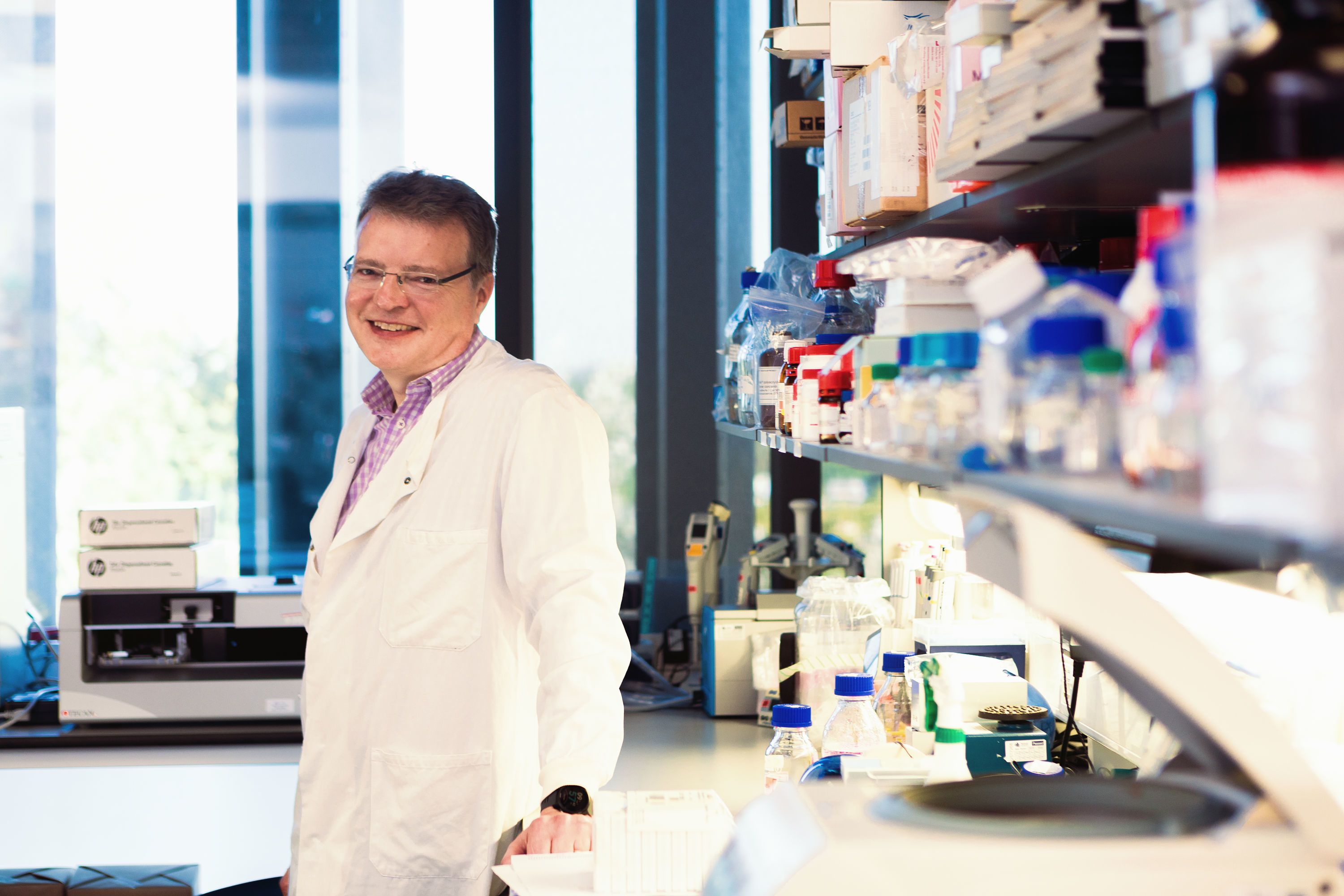
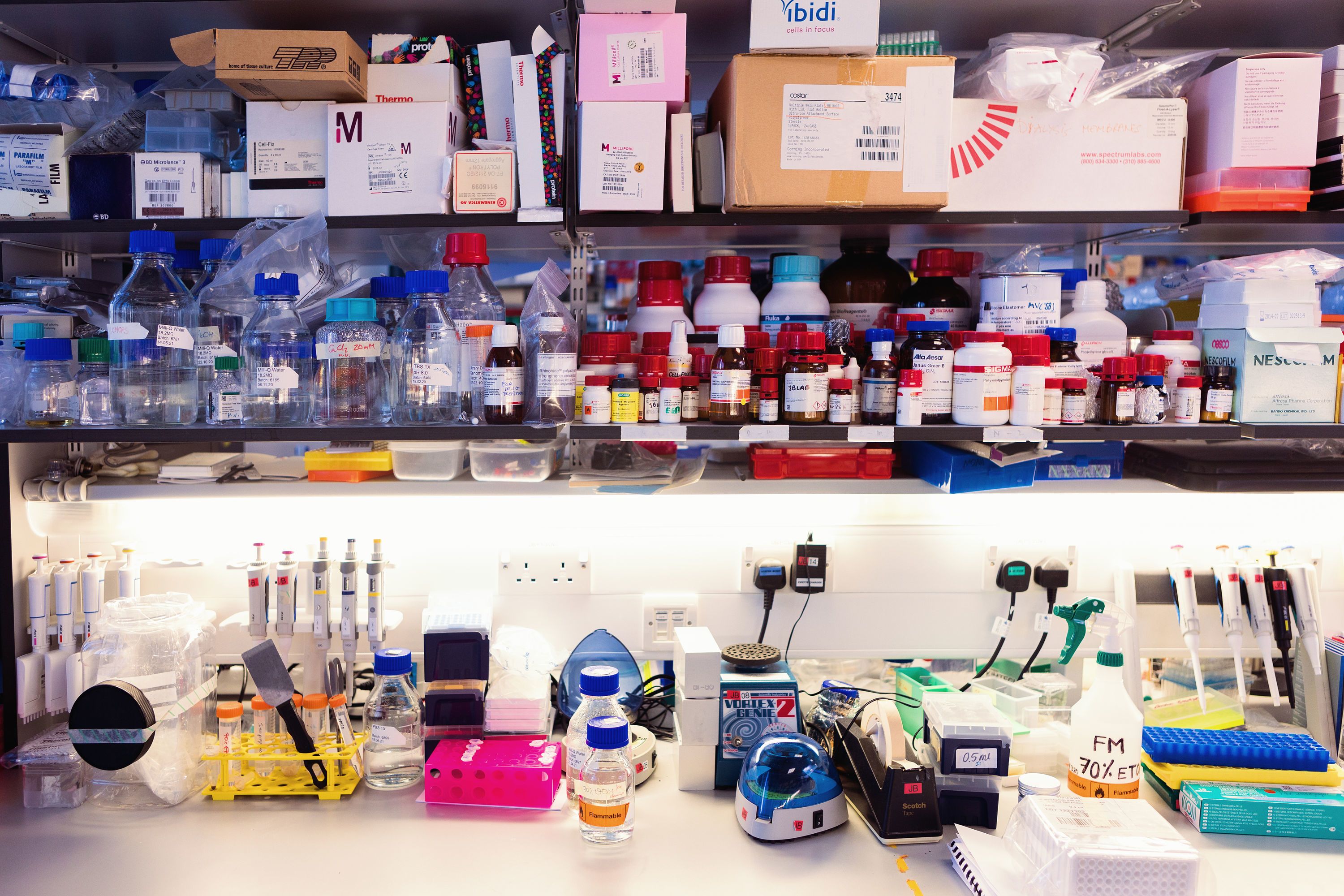
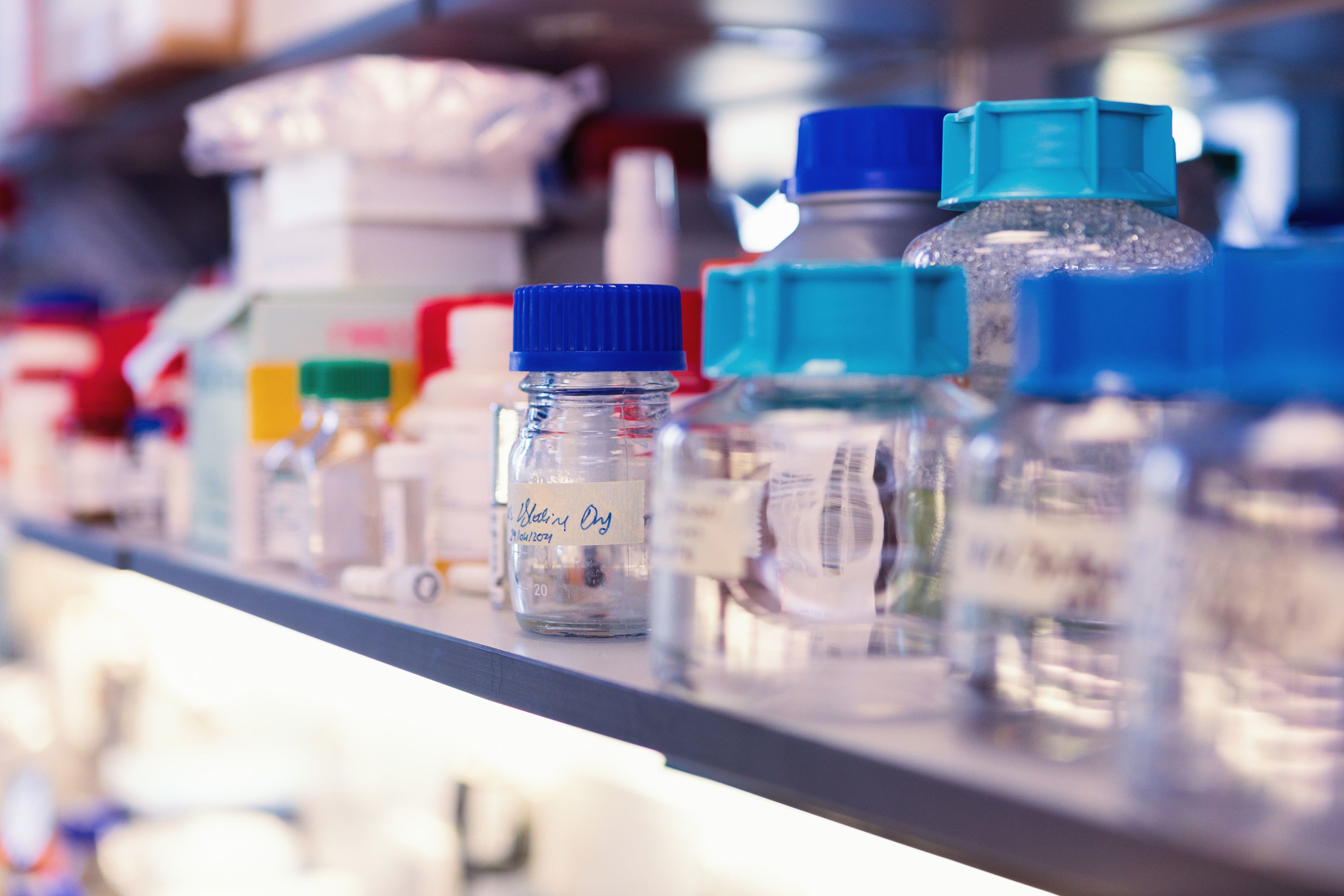
Latest cancer news from Addenbrooke's, University of Cambridge and CRUK Cambridge Centre
Cancer research could have 'far-reaching' implications
The research lead for Cambridge Cancer Research Hospital says new findings to come out of his lab are the most important in three decades.
Home in a day after robotic cancer surgery
A surgical robot at Addenbrooke’s is helping to cure patients with prostate cancer, enabling them to go home less than 24 hours after surgery.
Shedding light on chromosomal instability
Scientists have found a way to identify and interpret ‘signatures’ that reveal the complex genetic causes of some of the deadliest cancers – which often have a survival rate of less than 10%.
Low-cost device being developed to help cancer patients manage their care
The NeutroCheck is a point-of-care medical device which can be used by patients outside of hospital to monitor their risk of neutropenic sepsis, a potentially life-threatening complication of chemotherapy.
Brain cancer care awarded centre of excellence status
Addenbrooke’s hospital is part of six NHS brain cancer centres to be awarded excellence status by the Tessa Jowell Brain Cancer Mission.
FIND OUT MORE AND JOIN US
Patients and their families are involved in the CCRH project in two groups; the Patient Network and the Patient Advisory Group (PAG). For more information on joining these groups, please visit the CCRH website.
Follow us on Twitter for news about the project and visit our website for more information.
To unsubscribe, email hello@cambridgecancer.org.uk
